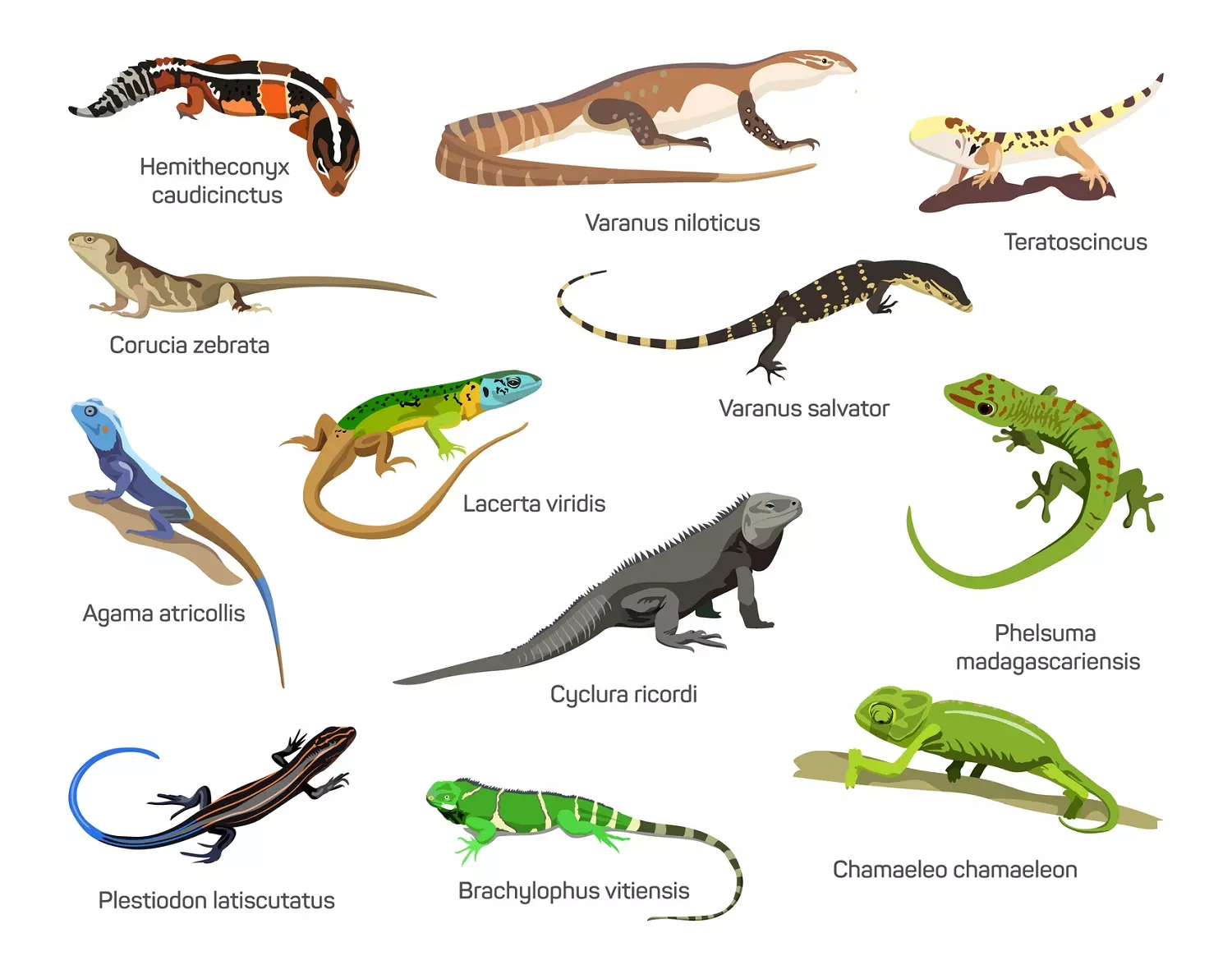[Originally published as Natural Selection Unfriends Darwin]
Natural selection, sometimes known as the opium of evolutionary biologists, has long been envisioned as the driving mechanism of biological evolution.
On the Origin of Species by Means of Natural Selection by Charles Darwin was the first publication to popularize natural selection. In the words of twentieth-century evolutionary biologist Niles Eldredge,
A century and a half ago, Charles Darwin offered the world a single, simple scientific explanation for the diversity of life on Earth: evolution by natural selection.
Scientific evidence, however, continues to challenge the importance of natural selection in evolution. Eugenie Scott, recipient of the 2012 Richard Dawkins Award, in Evolution vs Creation (2013) hedges on the “single, simple” role of natural selection: “The main — but not the only — mechanism of biological evolution is natural selection.”
New evidence discovered in a human genetics study underscoring why, in the end, natural selection unfriends Darwin.
Just before the first shot of the American Civil War was fired at Fort Sumter in the spring of 1861, Darwin’s published his first book on evolution. Contrary to the Genesis account written by Moses, Darwin launched a calculated counterargument that life originated simply through a process of life and death:
As natural selection acts by life and death,—by the survival of the fittest, and by the destruction of the less well-fitted.
Victorian poet Alfred Lord Tennyson captured the essence of Darwin’s theory: “Tho’ Nature, red in tooth and claw.” Tennyson’s phrase became entangled in emerging debates lasting now more than 150 years. Not surprisingly, Richard Dawkins quoted the “red in tooth and claw” phrase metaphorically in The Selfish Gene to illustrate Darwin’s theory. Natural selection, today, is just as controversial.
The essence of Darwin’s theory is inescapable. In the words of 1999 National Medal of Science award winner, Lynn Margulis,
Darwin was brilliant to make ‘natural selection’ a sort of godlike term, an expression that could replace ‘God’, who did it — created forms of life. However… Natural selection is intrinsically an elimination process.
Genetic Mutation Challenge
Even the genetics industry has been no friend of Darwin’s natural selection model. In the Proceedings of the National Academy of Science, a research team headed by Shaoping Ling of the Chinese Academy of Science along with a research team from the University of Chicago found evidence for “evolution under a non-Darwinian mode.” Not good news for either Darwin or Dawkins.
Ling’s team of scientists came to this non-Darwinian mode conclusion after simply adding up the number of genetic mutations from a single human liver tumor.
Neutral Theory
The genetics research team only found evidence for the “neutral theory” — not Darwin’s natural selection theory. The neutral theory holds that there is no selection process. Dysfunctional genetic mutations, then, simply accumulate without evidence for Darwin’s selective “destruction of the less well-fitted.”
Within the tumor, the geneticists examined nearly 300 regions of the tumor by sequencing or genotyping each region searching for the accumulation of genetic mutations.
Within these 300 regions, investigators amazingly “estimated the tumor to have more than 100 million coding region mutations” — an estimate far exceeding the expected limits of a Darwinian process. Ling notes:
Under the prevailing view of Darwinian selection, the genetic diversity would be orders of magnitude lower.
In a follow-up article entitled “Darwinian selection does not influence tumor progression” published by Genetic Engineering & Biotechnology News, they concluded:
Changes occurring at the molecular level are not caused by natural selection… This extensive level of heterogeneity within a single tumor, which is way beyond what a Darwinian process would permit, makes the selectionism vs. neutralism debate.
Ling’s new genetic evidence tips the scales in favor of the neutral theory further undermining Darwin’s theory of natural selection — the driving mechanism of evolution.
Natural selection unfriends Darwin and his once-popular theory.
These new findings also have clinical significance in the practice of oncology. Since what is known as natural selection has no selection potential for the “destruction of the less well-fitted,” dysfunctional mutations accumulate unchallenged when not detected by immune defense systems.
“With 100 million mutations, each capable of altering a protein in some way, there is a high probability that a significant minority of tumor cells will survive, even after aggressive treatment,” explains study director Chung-I Wu, professor of ecology and evolution at the University of Chicago. “In a setting with so much diversity, those cells could multiply to form new tumors, which would be resistant to standard treatments.” Resistance to chemotherapeutic agents allows cancerous tumors to continue to grow.
Equally important, not only is Darwin’s theory powerless to destroy “the less well-fitted” cancer cells, evidence for natural selection to be creative of novel biological life forms, like feathers and fingers, remains within the realm of science fiction.
Natural Section Under Pressure
Ling’s findings are compatible with the many other twenty-first-century scientists, including Thomas Nagel of New York University, as he explains in his book Mind and Cosmos (2012):
It is prima facie highly implausible that life as we know it is the result of a sequence of physical accidents together with the mechanism of natural selection.
“It is important to note that [natural] selection has never led to the formation of a new species, as Darwin postulated,” opined James A Shapiro of the University of Chicago in the book Evolution, a View from the 21st Century.
In the words of Italian geneticist Giuseppe Sermonti:
Natural selection could perhaps be invoked as a mechanism accounting for the survival of the species. But the claim that natural selection is creative of life, of life’s essence and types and orders, can only leave one dumbstruck.
Darwin’s dilemma intensifies.
Conclusion
Natural selection unfriends Darwin for good reasons: the genetic evidence fails to support Darwin’s theory of natural selection and the weight of the evidence is more compatible with Moses’ Genesis account.
Evolution, once a theory in crisis, is now in crisis without even a cohesive unifying theory.







